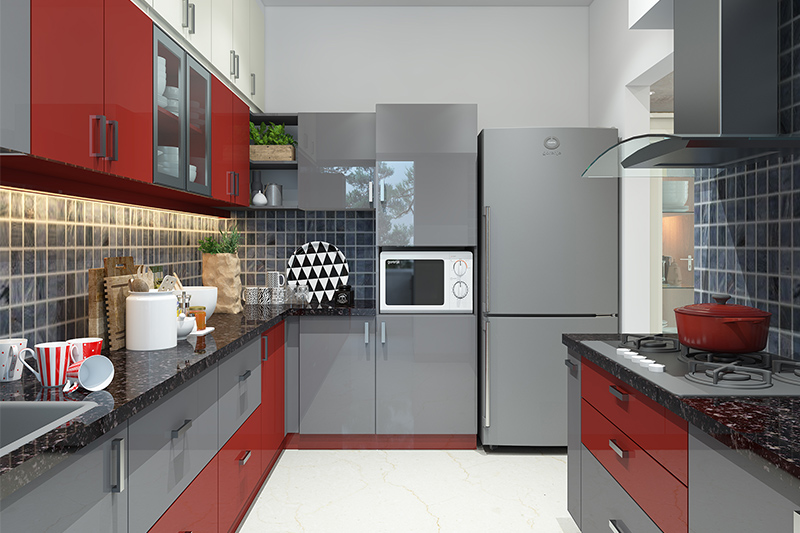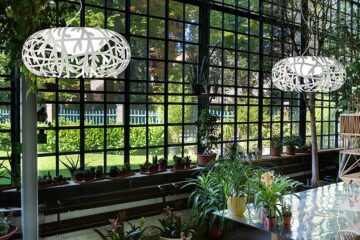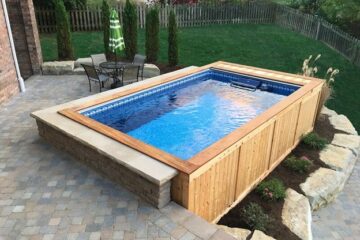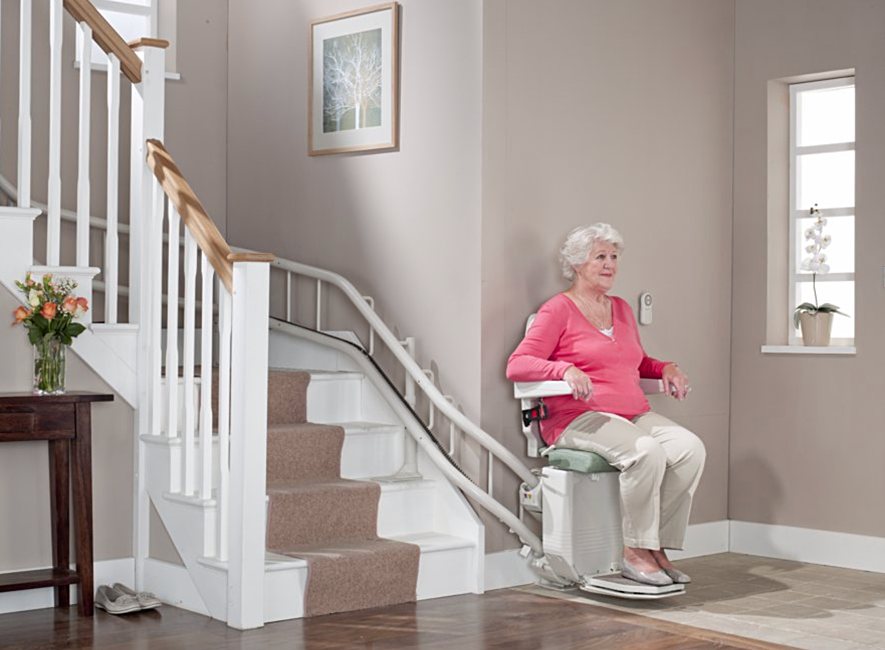7 Things to Consider When Designing a Modular Kitchen

The modern modular kitchen design has become a popular addition to urban Indian homes since it is adapted to the demands of the homeowner. Modular kitchens are superior to conventional ones created by carpenters because they are more ergonomic, maximise storage, and are simple to operate. Because modifications cannot be made while the kitchen is being produced, modular kitchen designs must be carefully planned because they are built in factories.
- Create a layout
The first point that needs to be noted when thinking of modular kitchen design: Choose a straight, L-shaped, or U-shaped layout for the kitchen depending on its size to ensure efficient workflow. Apply the golden triangle principle to make the stove, the refrigerator, and the sink the room’s three main points, with 4 to 9 feet separating them.
- Select the Kitchen Equipment
During the designation of the modular kitchen design process, choose the appliances so that their precise sizes may be taken into account when integrating them into the plan. Add enough plug points so that all the appliances can be used. A high-suction chimney should be selected so that the cooktop-cum-chimney unit can effectively remove odors and provide a smoke-free environment.
- Boost Storage
After assessing the storage requirements of the home, think about utilising various-sized drawers and cabinets to house products such as spices, pots, cutlery, utensils, electrical devices, and other stuff. To store all of your dry cooking goods, pick a specific pantry cabinet.By raising the above cabinets to the ceiling level, you can maximize vertical storage. Keep in mind that the overhead cabinets’ tops tend to collect a lot of dust if there is a space between them and the ceiling.
- Choose Your Materials
It is recommended to use BWR (boiling water resistant) plywood rather than less resilient options like MDF, HDF, or particle board that could become damaged in moist environments. Exterior treatment plans for kitchen cabinets include acrylic, laminate, membrane surface finish and Duco paint finish. The more popular countertop materials will be granite and quartz. It is definitely important not to use marble because it ‘s porous and can get stained easily.
- Pick your kitchen’s colors carefully.
Keep in mind that you will eventually need to maintain the kitchen. Since Indian cuisine frequently leaves behind many difficult stains, it might be wise to avoid having an all-white kitchen. All-white kitchens require a lot of maintenance and frequent cleaning. But that does not imply that you should always choose vivid colors. Darker colors do, after all, reflect more heat, particularly in the summer. A mixture of the two is always possible to keep the balance overall.
- Add Under Cabinet Lighting
The ceiling light provides the primary lighting in the kitchen. However, the overhead cabinets cast shadows and leave dark spots on the countertop. Making provisions for under-cabinet lighting to illuminate the countertop is highly advised to provide sufficient task lighting for cooking and food preparation.
- Pay Attention to Corner Spaces
We frequently overlook the corners while building storage shelves and cabinets while designing modular kitchen design. Today, there are many choices for utilizing corners to their full potential. Professionals can assist you in customizing your layout and making the best use of the given area. There is never too much storage space in the kitchen, after all.












